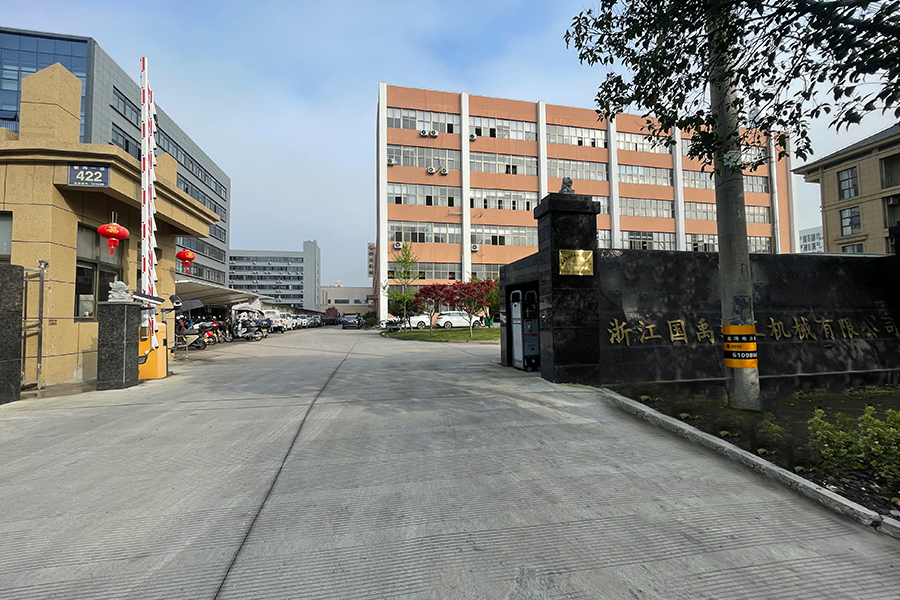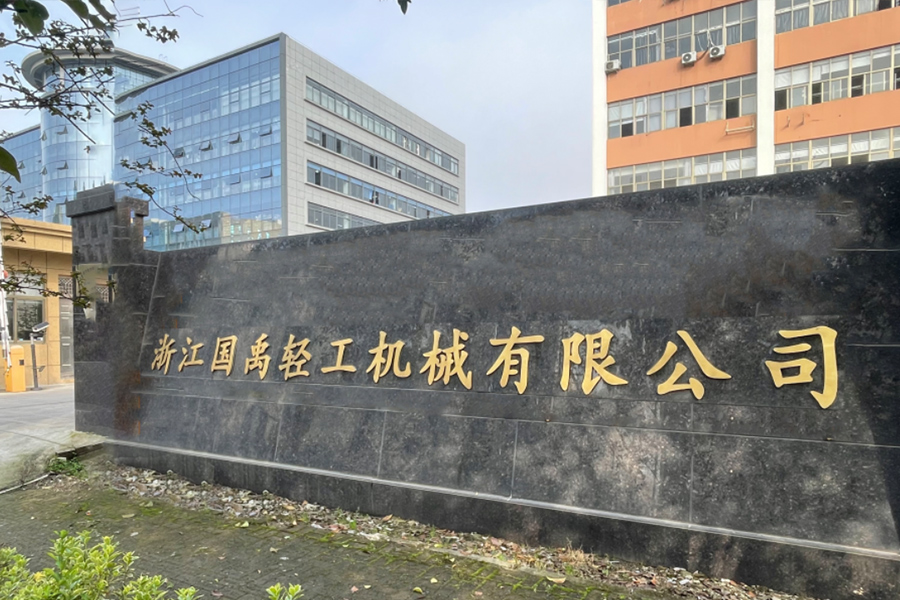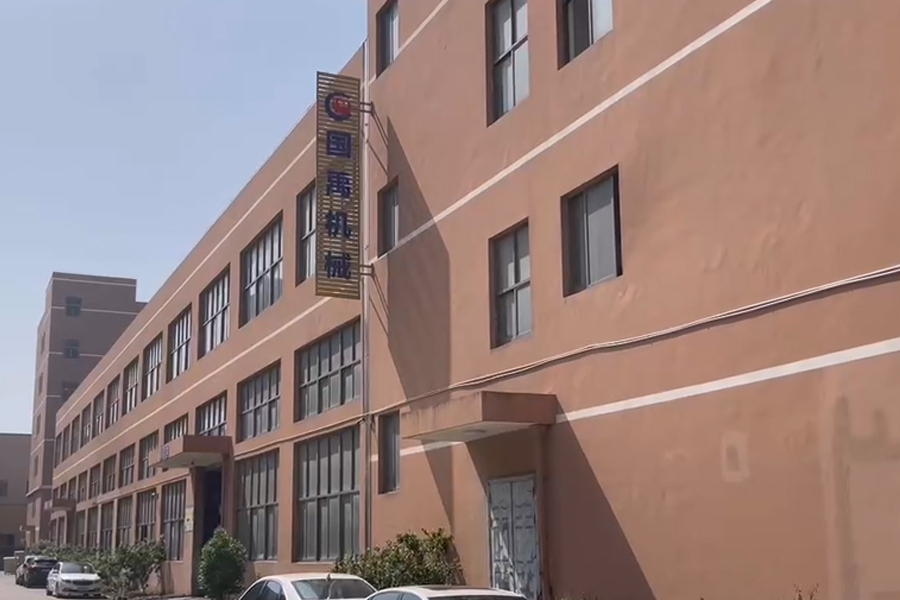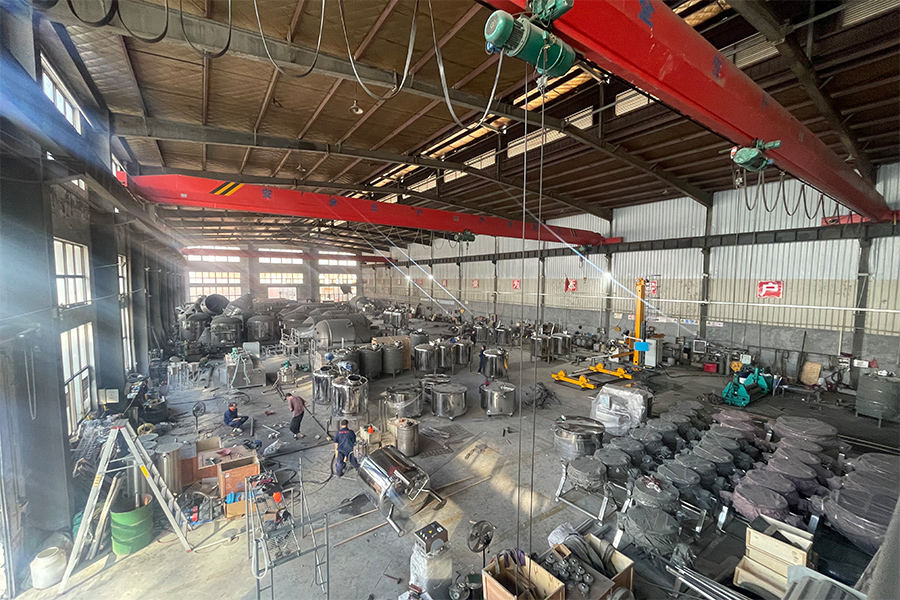-
 [email protected]
[email protected]
-
 +86-13706666922
+86-13706666922

Industrial manufacturing sectors are witnessing groundbreaking advancements in mixing tanks technology that are transforming production methodologies across multiple industries. These sophisticated mixing tanks represent a significant leap forward in fluid processing equipment, offering exceptional levels of precision and control in industrial blending operations. The latest generation of mixing tanks incorporates smart technology features that automatically adjust mixing parameters based on real-time viscosity and temperature readings.
Modern mixing tanks now feature advanced computational fluid dynamics designs that optimize flow patterns and reduce energy consumption. These innovative mixing tanks utilize specialized impeller configurations and baffle designs that create ideal turbulence for specific applications, from pharmaceutical compounding to food processing. The integration of IoT connectivity in contemporary mixing tanks allows for remote monitoring and adjustment of mixing processes, enabling manufacturers to maintain ideal conditions throughout production cycles.
A key development in mixing tanks technology involves the implementation of self-cleaning systems that significantly reduce downtime between batches. These automated mixing tanks incorporate spray ball systems and clean-in-place technology that ensure thorough sanitation without disassembly. The latest mixing tanks also feature improved material compatibility, with advanced coatings and alloys that resist corrosion and prevent product contamination in aggressive chemical environments.
The scalability of modern mixing tanks has become increasingly sophisticated, allowing for seamless transition from laboratory development to full-scale production. These adaptable mixing tanks maintain consistent mixing performance across various batch sizes, ensuring product uniformity throughout scale-up processes. Advanced control systems in today's mixing tanks provide precise management of mixing speed, temperature, and pressure, enabling manufacturers to replicate exact production conditions consistently.
Energy efficiency represents a major focus in current mixing tanks development. Newer models incorporate variable frequency drives and optimized motor systems that reduce power consumption while maintaining performance standards. Many modern mixing tanks also feature heat exchange systems that recover and reuse thermal energy, significantly lowering operational costs and environmental impact.
Safety enhancements in mixing tanks design have reached new levels of sophistication. Contemporary units include multiple redundant safety systems, emergency stop mechanisms, and advanced monitoring that prevent overpressurization and ensure operator protection. These safety features in modern mixing tanks are particularly crucial in industries handling volatile or sensitive materials where process control is critical.
The application range for advanced mixing tanks continues to expand beyond traditional sectors. These versatile mixing tanks now serve emerging industries such as renewable energy, where they facilitate biofuel production, and electronics manufacturing, where they enable precise chemical mixing for semiconductor production. The adaptability of modern mixing tanks makes them indispensable in research and development settings where flexibility and precision are paramount.
Market response to these technological innovations in mixing tanks has been exceptionally positive. Industries report significant improvements in product consistency, reduction in waste, and enhanced operational efficiency after implementing advanced mixing tanks systems. The return on investment for modern mixing tanks continues to improve as technology advances and manufacturing processes become more refined.
The transformation in mixing tanks technology demonstrates how industrial equipment continues to evolve to meet changing market demands and environmental considerations. These advancements in mixing tanks not only improve manufacturing efficiency but also contribute to higher product quality and more sustainable industrial practices across numerous sectors.







